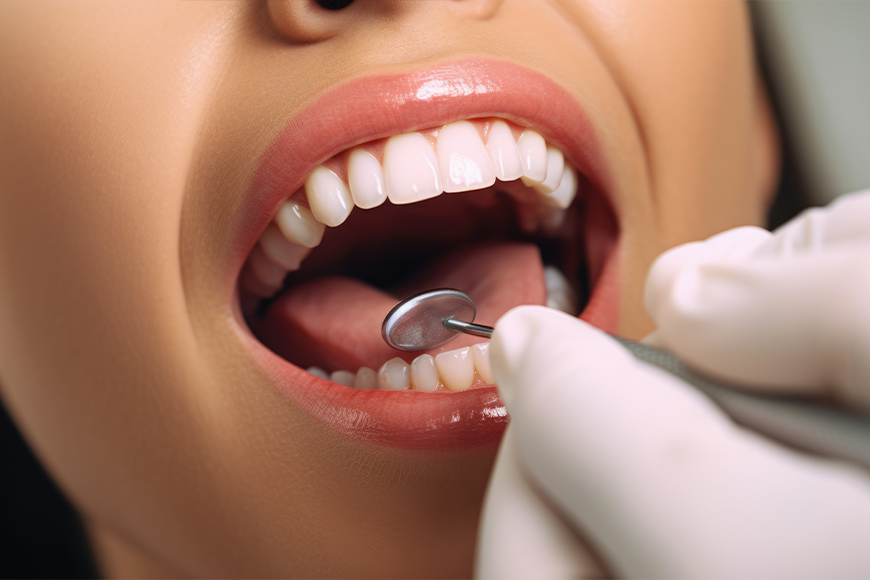Have you ever asked yourself “Tooth Filling does it Hurt?” It’s a common concern for many people, especially those who have never undergone dental procedures before. In this comprehensive guide, we’ll delve into the topic of tooth fillings and address the question of whether they hurt. We’ll also provide valuable information about the procedure, recovery, and tips for a comfortable experience.
Understanding Tooth Fillings
A tooth filling is a dental procedure used to repair cavities, which are holes in the teeth caused by tooth decay. The process involves removing the decayed portion of the tooth and replacing it with a filling material. This material can be made from various substances, including amalgam (a silver-colored alloy) and composite resin (a tooth-colored material).
Factors Affecting Pain Perception
The pain associated with getting a tooth filling can vary depending on several factors, including:
- Extent of the cavity: Larger cavities may require more extensive drilling, which can lead to increased discomfort.
- Sensitivity of your teeth: If you already have sensitive teeth, you may be more prone to feeling pain during dental procedures.
- Anesthesia: The type and effectiveness of the anesthesia used will significantly impact your pain levels.
- Dental professional’s technique: A skilled dentist can minimize discomfort through careful procedures and techniques.
Pain Management During Fillings
To minimize pain during a tooth filling, dentists typically use local anesthesia. This involves injecting a numbing agent into the area around the tooth, making the procedure virtually painless for most patients.
Post-Filling Sensitivity
It’s common to experience some sensitivity in the filled tooth immediately after the procedure. This sensitivity usually subsides within a few days. If the pain persists or becomes severe, it’s important to contact your dentist.
The Filling Process: A Step-by-Step Breakdown
- Numbing the Area: The dentist will apply a local anesthetic to the area around the tooth to be filled. This will numb the nerves and prevent you from feeling pain during the procedure.
- Removing Decay: The dentist will use a dental drill to remove the decayed portion of the tooth.
- Preparing the Cavity: The cavity will be cleaned and shaped to accommodate the filling material.
- Placing the Filling: The dentist will apply the filling material to the cavity and shape it to match the surrounding tooth.
- Curing the Filling: If a composite resin filling is used, it may need to be cured with a special light to harden it.
Tips for a Comfortable Filling Experience
- Communicate your concerns with your dentist: Let them know if you have a low pain tolerance or are anxious about the procedure.
- Follow your dentist’s instructions: Adhering to post-procedure care recommendations can help prevent complications and discomfort.
- Consider sedation dentistry: If you’re particularly anxious about dental procedures, your dentist may recommend sedation options.
Madison Dentistry & Implant Center: Your Trusted Dental Partner
At Madison Dentistry & Implant Center, we are committed to providing high-quality dental care in a comfortable and welcoming environment. Our experienced dentists use advanced techniques and the latest technology to ensure that your tooth filling experience is as painless and stress-free as possible.
Conclusion
While the experience of getting a tooth filling can vary, it’s important to remember that modern dental practices and anesthesia techniques have significantly reduced the discomfort associated with this procedure. By following the tips outlined in this guide and choosing a reputable dental practice like Madison Dentistry & Implant Center, you can ensure a positive and comfortable experience.




